I’m Keith
I’m a yoga teacher. I’m a husband. I’m a singer. I’m a father. I’m an ordained interfaith minister. I’m a lot of things, but mostly I’m just me.
When I was young, occasionally someone would say to me, “You’re a Borden, right? Who’s your father?” “Joe,” I’d say. “I’m Keith.” In high school, I volunteered for the local clothing bank. One evening, the woman in charge asked my last name. “Borden, I told her.” “Are you Edmonia’s son?” “Yes, I’m Keith.” Growing up in Evanston, Illinois, I was never anonymous. As the only out gay, Black man during my years at DePauw University, a small, predominantly white liberal arts university in rural Indiana, most people knew who I was. And as an adult, there has always been some part of my life more public than many people’s. All of that could be challenging for someone who is mostly introverted. Luckily, I’ve (almost) always been comfortable being me, Keith.
Integrated school
Evanston was a great place to grow up. I started public school in 1979 when integration was no longer just happening in theory but was actually beginning to happen. I thought it was totally normal to be in racially diverse classrooms and to be friends with kids of all races. My parents had migrated north to Chicago from Alabama—Dad in 1955 and Mom in 1961—for a better life and better opportunities. They told my brother and me stories about segregation, Jim Crow, and the early days of the Civil Rights movement in Montgomery. My mother was a student at Alabama State during the bus boycotts. In my childhood home, a picture of my white great-grandfather, whose family had been slave owners, hung on the wall with all the other ancestors. During summer vacation, we always went south for part of our break to visit my grandparents, aunts, uncles, and cousins. And because my mother and her sister were our family’s genealogists, those trips included gathering stories from aging relatives, tracing family history in archives and on plantations, and looking for names on the faded headstones in overgrown cemeteries. I was fully aware of the racial injustice that is American history, but it wasn’t my lived experience growing up. For a long time, it seemed like just that: history.
Music, theater, and art
My brother was an athlete. He played baseball and football and ran track. It was assumed that I would play some sport, too, but I had absolutely no interest. I was drawn to music, theater, and art. I was a music nerd who spent almost all of my free time in rehearsal for everything from South Pacific to Madrigal Singers to Bell Choir, and if I wasn’t performing, I was building the sets. My parents didn’t always relate to the things I was into, but they were supportive of all of it. I was a moody 80s teenager, into everything from the genderbending pop stylings of Boy George and Culture Club to Prince and the Revolution. I was always listening to music. My circle of friends were quirky, eccentric, and funky. I wasn’t out in high school. No one was, not really. But I knew I was gay. Years after high school, a few of us sat around and talked about that. So many of us who were hanging out together are queer, and we went to a school where we probably could have been out, but we weren’t. It was different then.
In 1991, I left home for college to study classical voice. It was an opportunity to pursue my dreams and be more fully me. I studied performance. I was a performer. I didn’t want to be a teacher. If you’d asked me if I’d be teaching anything, the answer would have been an unwavering, “No.”
And yet here I am, a yoga teacher. And I love it.
Yoga
What I do is important. I hold space for people. I attempt to show up as authentically as possible to give others permission to do the same.
I started “officially” practicing yoga in 1999, but I started exploring movement—dance, Alexander Technique, martial arts, and rolling around on the floor—long before that. I credit my father and his father for my yoga practice and my commitment to it. Neither one of them practiced yoga per se, but both men had a morning regimen that I would qualify as yogic. My father always left for work before the rest of us were awake, but I have memories of waking early, coming out of my room, and seeing him lying on the living room floor twisting and stretching before heading out the door. My grandfather’s morning also started early, but rather than the physical things that my father did, he would set out for a long walk through the back roads of his rural community. Was my father doing yoga asana? No, but there was a mindfulness to his movement. Was my grandfather meditating? He probably wouldn’t have used that word, but I feel certain that he was communing with nature, praying, and centering himself. At some point, it became my habit to wake early, move my body, and to begin the day by centering myself. It wasn’t a conscious decision to do what they had done, but I admired both of these men, and we imitate those we admire. My grandfather died when I was in high school, and my father died when I was in college, but they live on in me and in my practice.
New York City
I moved to New York two days after my college graduation to continue studying music. Yoga became a real discipline for me when I started practicing at Laughing Lotus Yoga Center in New York City’s West Village. Movement had always been a useful tool for my body and my mind, but the longer I hung around the Lotus, it also became powerful medicine for my soul. Two reasons for that: the approach to movement was a joyful exploration driven by curiosity rather than competition, and in every class we chanted together. Practicing there brought it all together for me: my love of movement, my spiritual curiosity, and my passion for music, all in one place. I feel lucky to have started seriously practicing when and where I did. It was the late 90s. Yoga didn’t seem like an industry yet. Yoga clothes meant whatever was comfortable and allowed you to move. Yoga Journal’s subhead was still “For Health and Conscious Living.” To say that the yoga scene in New York was truly diverse wouldn’t be accurate, and yet it was rare to not have Black or brown people in the room when I practiced in the West Village and when I later taught in Chelsea. And the community was definitely queerer. Starting public school in the late 70s set up my expectations for life in general, and starting yoga in late 90s New York set up my expectations about the practice and its community.
Marriage
In 2007, after nine years together, Johannes Wallmann and I got married on Vancouver Island. Soon after that, we left New York for Oakland, CA. He took a job running a college jazz program, and I was among a small group of teachers from Laughing Lotus NYC to help open Laughing Lotus San Francisco. San Francisco isn’t as racially diverse as New York, and that was absolutely reflected in the yoga community. Because SF is another city with a well-established yoga tradition, I found a spiritual curiosity similar to what drew me to the practice in New York. When my husband accepted a job offer at UW-Madison in 2012, I did a fair amount of research on the yoga community here. I was excited to see that there were so many yoga studios but was pretty stunned that I could find only one Black teacher in the entire city—a woman who, by the time we arrived, was nowhere to be found. There are a handful of Black yoga teachers in Madison now, but the number of teachers does not truly reflect the number of Black folx who are practicing yoga.
Mostly white spaces
I’ve spent a lot of my life in mostly white spaces, and I never gave it a second thought because I felt seen. There is something altogether different about being a Black yoga teacher in a mostly white yoga community in a state where in 2016 The Milwaukee Business Journal reported that, “Wisconsin is the worst state for Black Americans with the country’s biggest gap between Black and white Americans.” It is a common experience for me at yoga studios in Madison, when I’m not actually teaching, to simply not be seen; it can sometimes seem like I’m invisible.
Madison
When we arrived in Madison in 2012, the same question kept coming up for me, “Where are all the Black people?” We lived around the corner from East High School in that first year, and I saw plenty of Black, brown, and Latinx students there, but anywhere else downtown or on the near east side those folx were nowhere to be found. Everywhere I’ve lived has had a thriving Black middle-class, but when “the median annual income of Black households in Wisconsin is just $26,053, much lower than the median for Black families nationwide, and equal to just 46.5 percent the median income of white Wisconsin households of $56,083,” according to The Milwaukee Business Journal, that simply isn’t possible.
Yoga is a middle-class activity; you need to have leisure time available, and you need some amount of disposable income to do it in a studio. Much of middle-class Madison isn’t used to really seeing Black and brown people. If you aren’t living near and working around and interacting with people of a different race, it’s harder to really see them. No one wants to practice in a space where they aren’t seen. I know that there are people who practice in my classes in Madison for whom I am one of very few Black people with whom they interact in the course of their day or week. I still get a little giddy inside when I teach a class in Madison where more than one Black person shows up, and I have had more than a few of those Black students tell me that they appreciate being able to take a class with Black teacher. These are some of the reasons I still teach.
Me being a Black yogi and a Black yoga teacher disrupts the normal patterns. Perhaps it makes people stop and think about the expectations they bring to yoga. And I hope that it signals to other Black and brown people that yoga is as much for them as anyone else. Representation matters. Seeing yourself in your teachers matters. I know from my own experience with my father and my grandfather that positive modeling makes an impact in subtle and powerful ways. I know that practicing makes me engage with the world in a better way. If that’s true for me, then it must be true for others. I love that my three-year-old daughter Clea is already curious about yoga and will sometimes slip into the yoga room in the morning just to sit on my mat while I finish my practice or roll out her mat near mine to do a pose she’s seen me do—or to make up one of her own. Maybe one day she’ll credit me for inspiring her to practice.
For a couple of seasons, I taught yoga to the East High School Boys Varsity Basketball team. At the end of one of the first classes with them, I chanted Lokah Samastah Sukhino Bhavantu with them. “May all beings everywhere be happy and free, and may the thoughts, words, and actions of my own life contribute in some way to that happiness and to that freedom for all.” I beat out a rhythm on the floor and just started chanting. I wasn’t sure what they made of it until the next class when I wasn’t going to do it. They looked at me and asked, “What about the song?” That lit up my soul! Representation really matters!
Life & Action
“If you ask me what I came into this life to do, I will tell you: I came to live out loud.” –Emile Zola
When I was studying with Rabbi Joseph Gelberman at the All Faiths Seminary, he told us that the biggest part of our work as ministers is to be light. He also said that we don’t end up as ministers (or yoga teachers or holders of space) by accident; we are preordained. Being light also means dispelling darkness. And Rabbi was right, I’d been attempting to be light for years before I started teaching yoga or studying theology. I’ve never considered myself an activist, but I’ve always taken on the darkness the way my father and grandfather would have: head on and with just the right number of words. In college, I remember sitting outside my voice teacher’s studio waiting to go in. Another student ran up, realized he had missed his appointment, and said, “Ah man, that’s gay!” I looked up and replied, “No, I’m gay. You missed your appointment. That sucks.”
When Johannes and I moved here in 2012, we’d been together for 14 years and married for five. California recognized that, but Wisconsin didn’t. When the local PFLAG chapter suggested that we be added to the list of plaintiffs suing the State of Wisconsin for marriage equality, we didn’t hesitate. It was a chance to tell our story and to disabuse people of the notion that our family is somehow different from theirs simply because we are the same gender. That’s how I choose to take action in the world; I aim to live as fully and honestly as I can. I let these words from The Bhagavad Gita guide me: “It is better to do one’s own dharma, even though imperfectly, than to do another’s dharma, even though perfectly. By doing one’s innate duties, a person does not incur sin.”
I’m a lucky man. I’ve always had what I needed. Most of the time, I feel safe, and I’ve come to no harm. My parents always supported the kid I was, and my mother continues to support the man that I am. I’ve lived in amazing places. I’m married to an incredibly loving and talented husband. We have an amazing daughter who lights up our lives. I do work that I love, and that work is meaningful to the communities I serve.



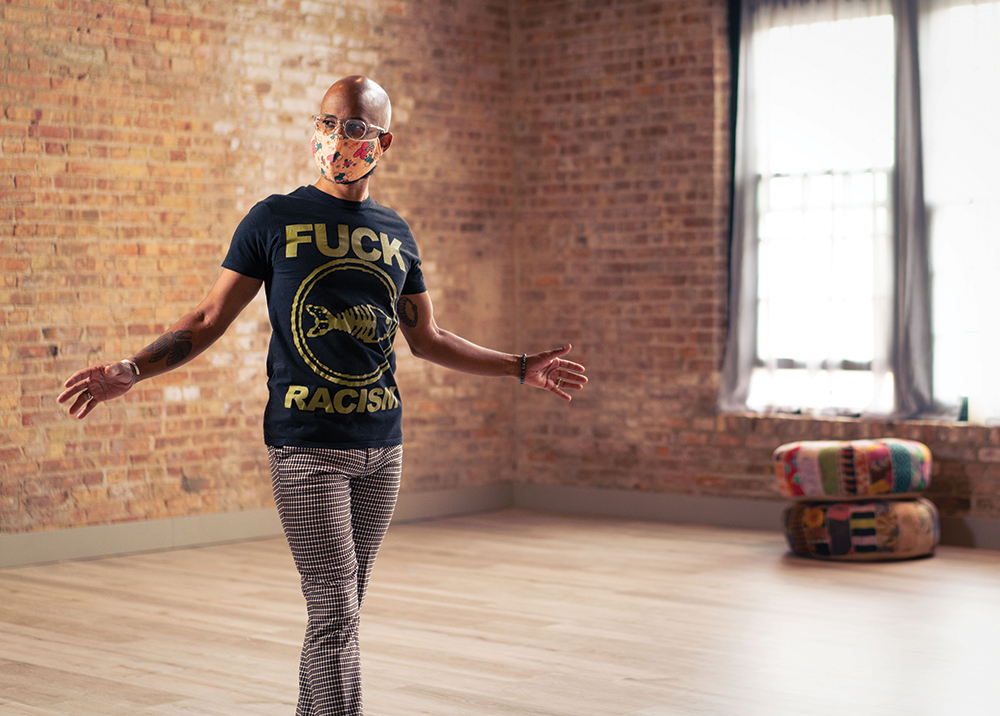



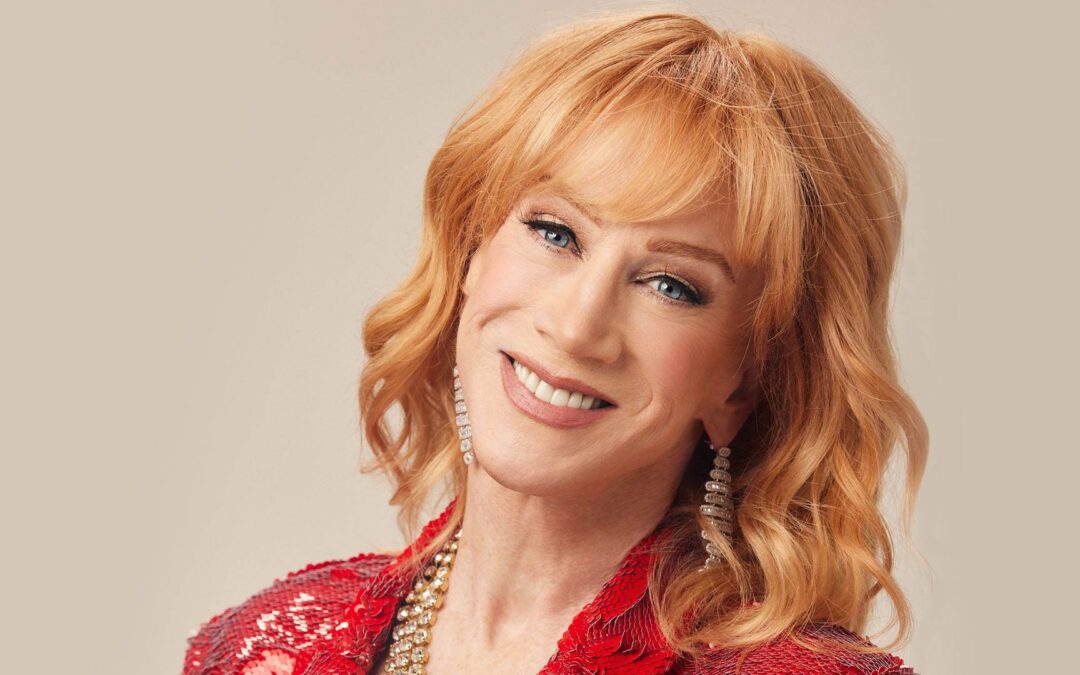
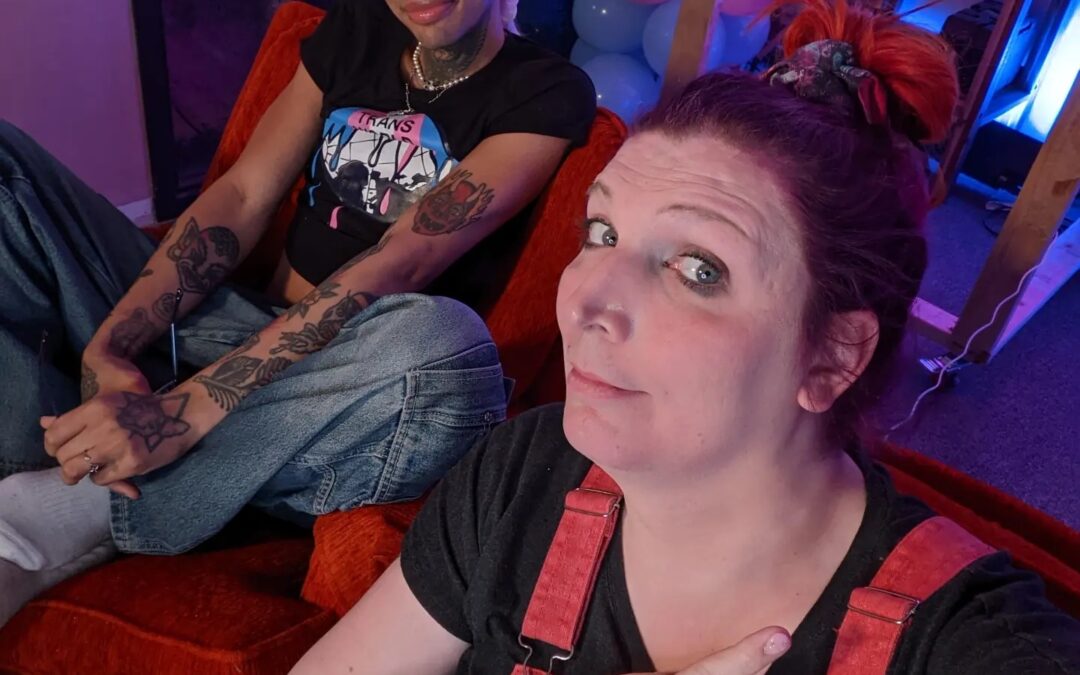
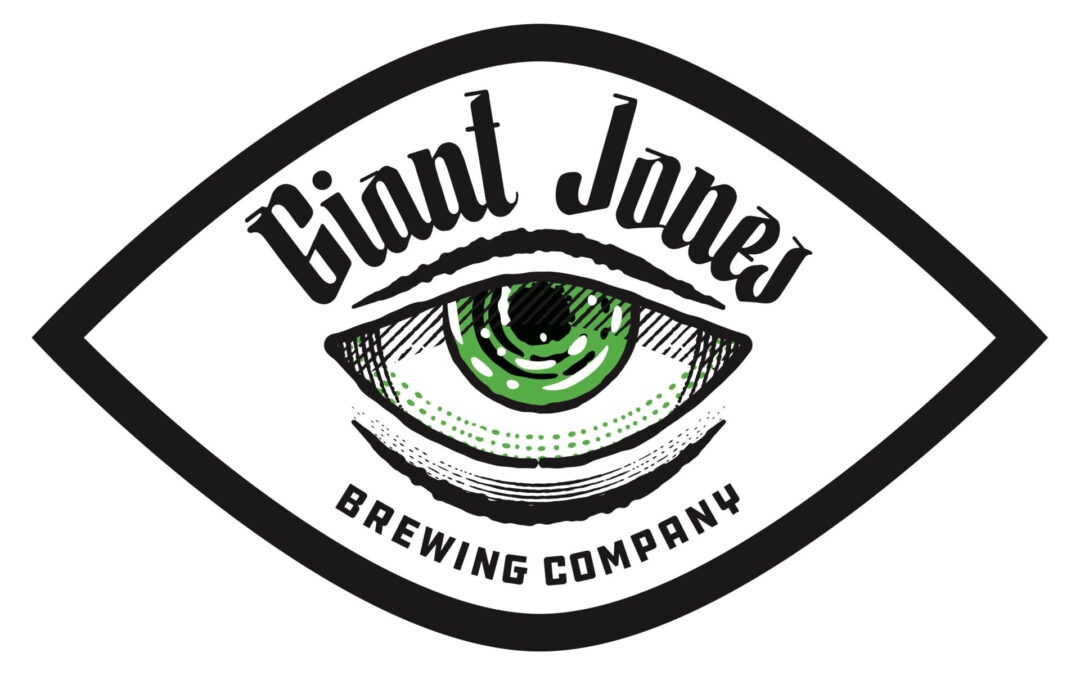
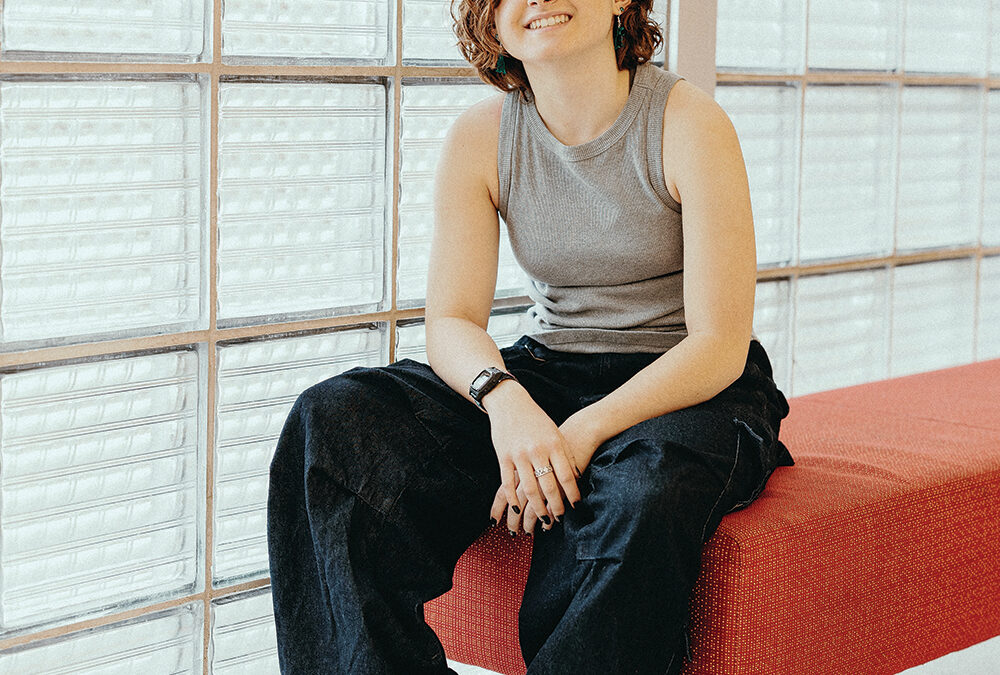
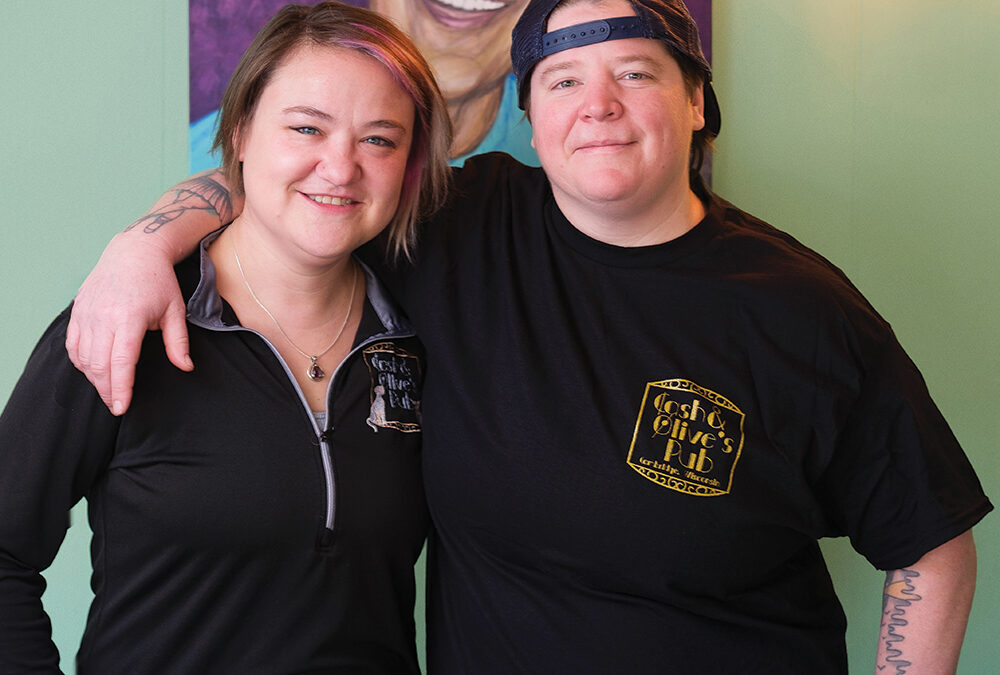
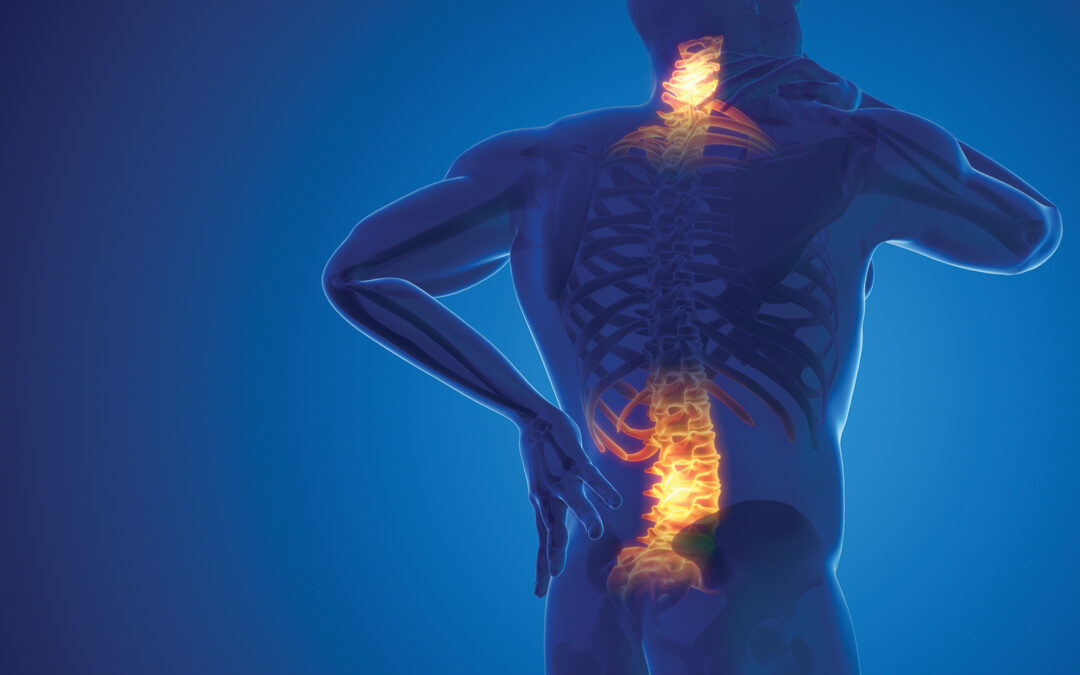
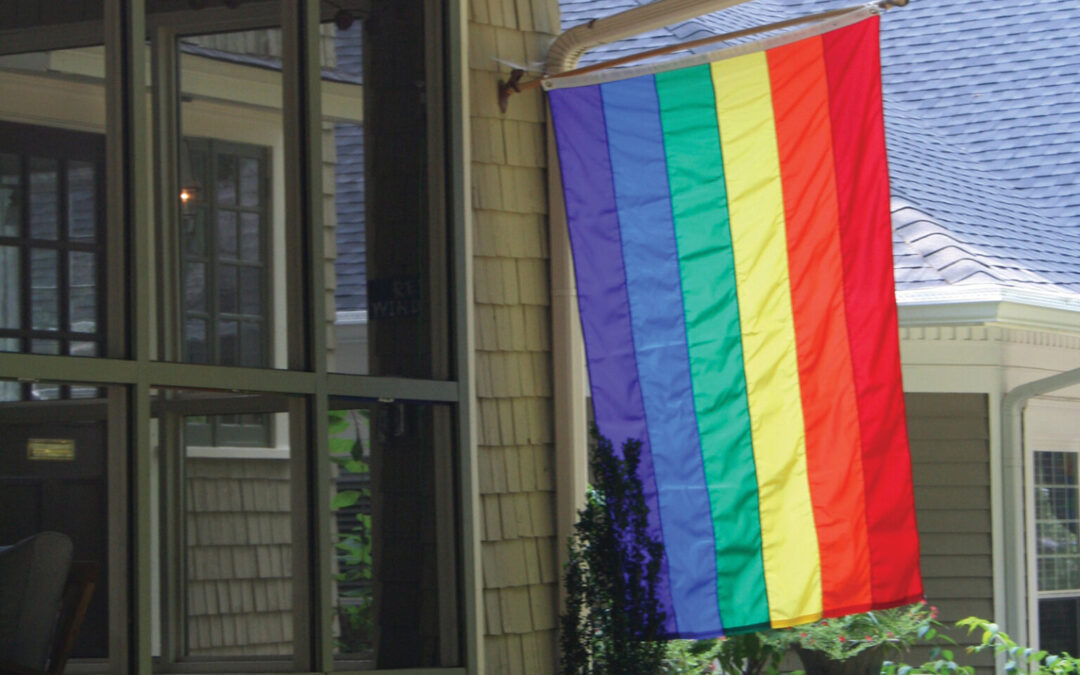
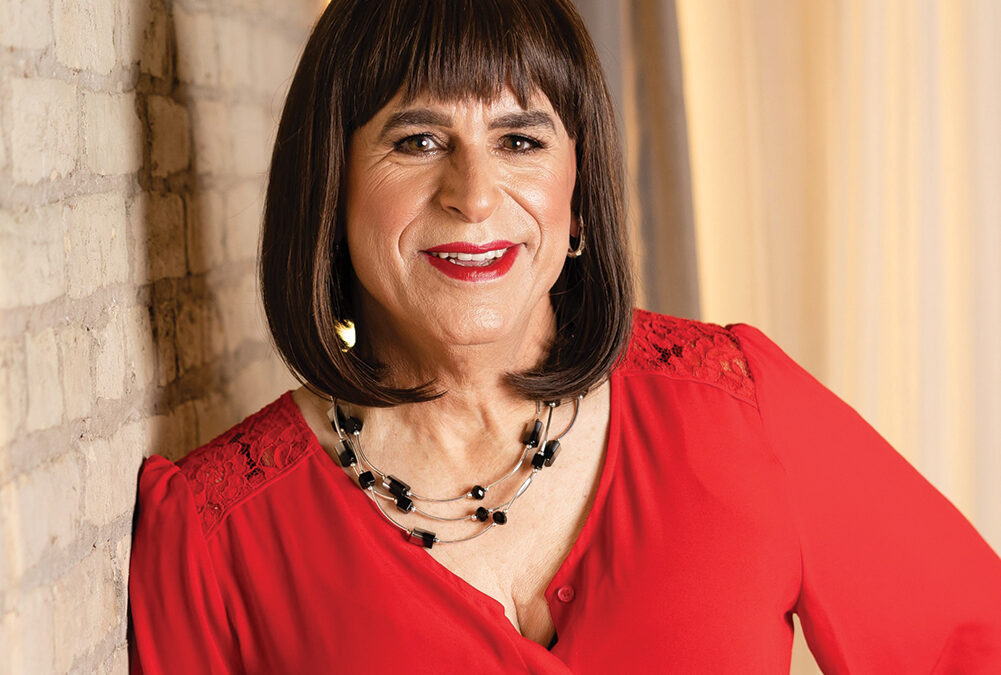
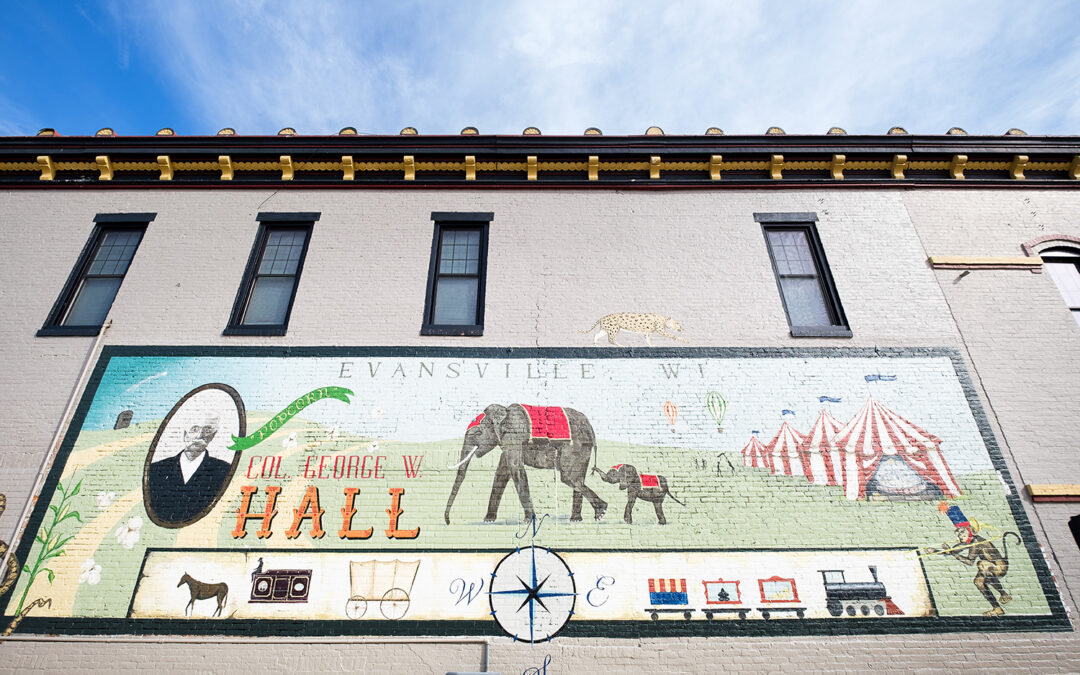
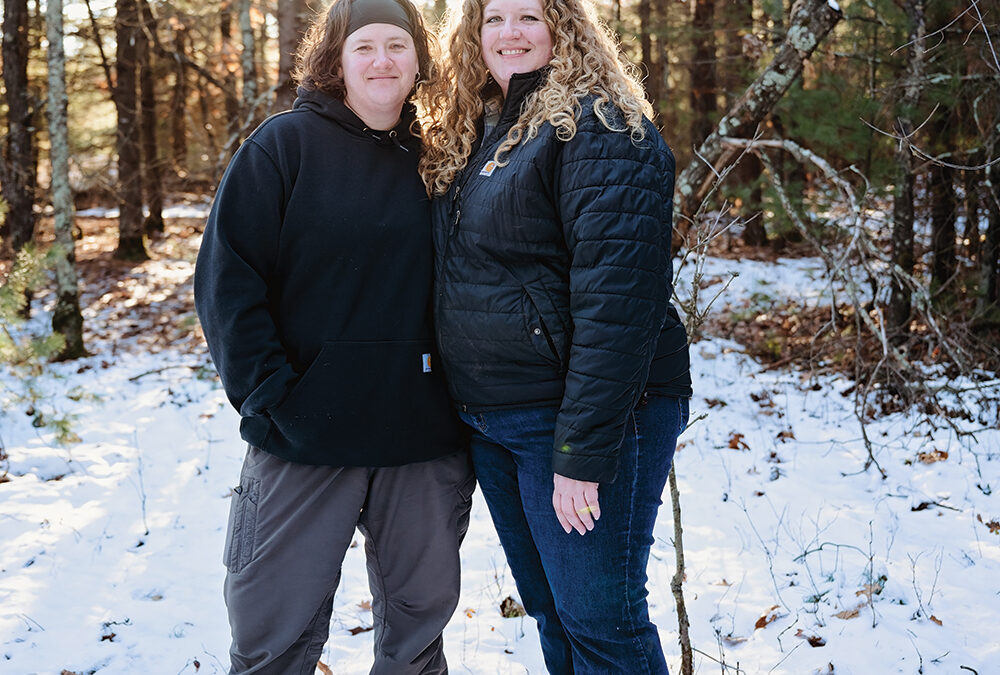
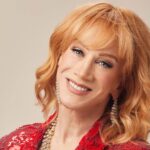
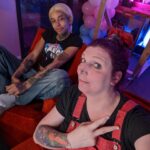

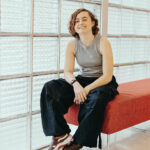
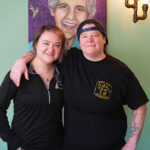

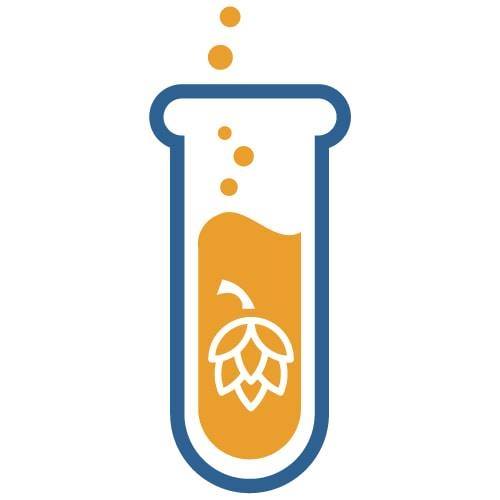

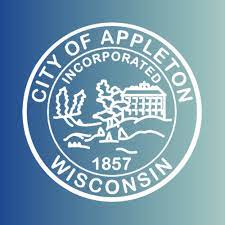
0 Comments